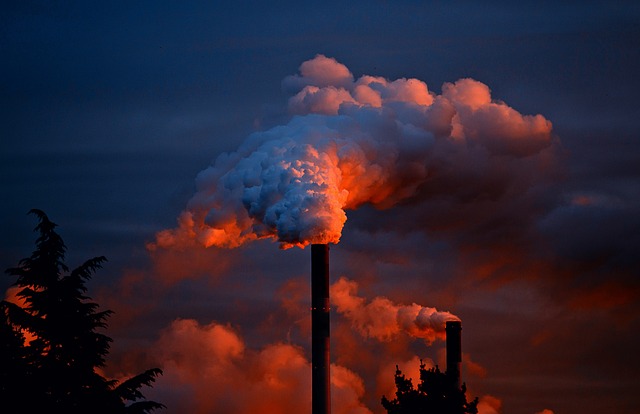Uncovering the Impact: Fluorinated Gases on the Environment and Climate Change
The fight against climate change has never been more crucial, and one often overlooked aspect of this battle involves fluorinated gases. While many people may not be familiar with the term, understanding the role these potent greenhouse gases play can shed light on their profound impact on our planet’s environment and climate.
Fluorinated gases are synthetic compounds commonly used in a variety of applications, including refrigeration, air conditioning, and insulation. Despite their usefulness, these gases pose significant threats to the atmosphere due to their high global warming potential — some being thousands of times more effective at trapping heat than carbon dioxide. As we grapple with rising temperatures, understanding the implications of these gases becomes increasingly vital.
The Environmental Toll of Fluorinated Gases
One of the stark realities of fluorinated gases is their long atmospheric lifespan. These substances can linger for decades, if not centuries, contributing to the greenhouse effect long after their release. This persistent presence in the atmosphere amplifies the urgency of tackling emissions from sources like industrial processes and everyday consumer products. The byproducts of our modern conveniences can quietly accumulate and wreak havoc on the delicate balance of our ecosystem.
Moreover, the contribution of fluoro substances to ozone depletion is alarming. While they do not directly harm the ozone layer, their potential to catalyze reactions that lead to ozone destruction can have long-lasting effects on our environment. As ozone plays a pivotal role in shielding life on Earth from harmful ultraviolet radiation, its degradation poses severe repercussions on human health, agriculture, and natural habitats.
Climate Change: An Escalating Crisis
When we think of climate change, we often envision the familiar culprits — carbon emissions from vehicles and fossil fuels. However, the clandestine role of fluorinated gases in exacerbating this global crisis cannot be overstated. The accumulation of these gases is a ticking time bomb: each new release drives us further away from climate stability, intensifying weather events, sea-level rise, and biodiversity loss.
As the world continues to warm, the consequences become more pronounced. Communities around the globe are experiencing unprecedented changes, from erratic weather patterns to prolonged droughts and devastating floods. These environmental shifts are not merely abstract phenomena; they affect food security, water resources, and public health. The invisible threat posed by fluorinated gases amplifies these challenges, urging us to recognize their role in our world’s escalating climate emergency.
Taking Action Against Fluorinated Gases
Awareness is the first step towards change. Advocating for policies aimed at phasing out the use of fluorinated gases can make a significant difference. Individuals can also take action by opting for products and services that minimize or eliminate these harmful substances. This may involve choosing more sustainable alternatives in everyday choices, promoting eco-friendly technologies, and supporting environmental initiatives focused on reducing greenhouse gas emissions.
The link between fluorinated gases, environmental degradation, and climate change is undeniable. As we strive for a sustainable future, it is crucial to address every element contributing to this multifaceted problem, including those hidden dangers. By understanding and combating the influence of fluorinated gases, we help pave the way for healthier ecosystems and a more stable climate for generations to come.



